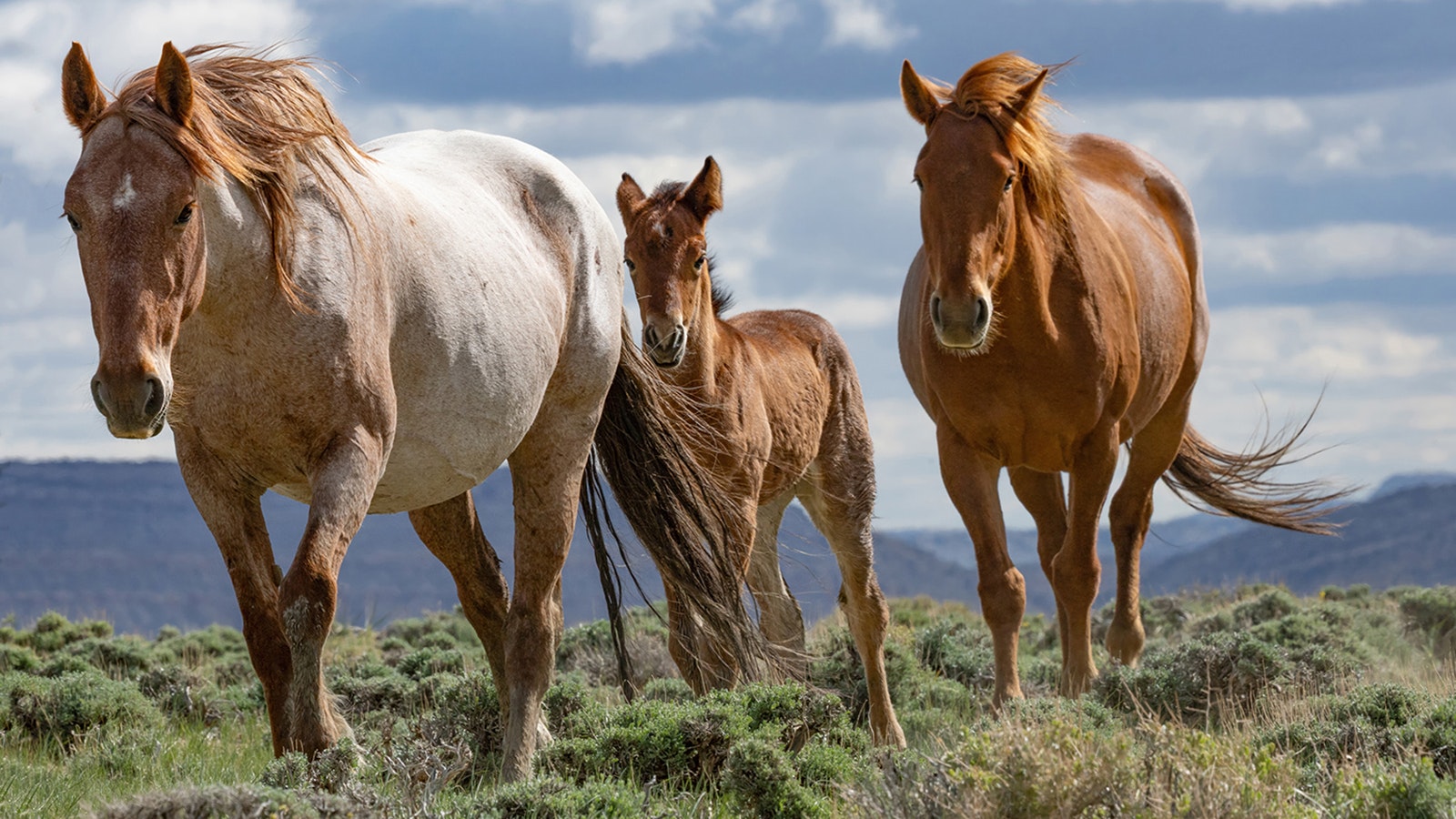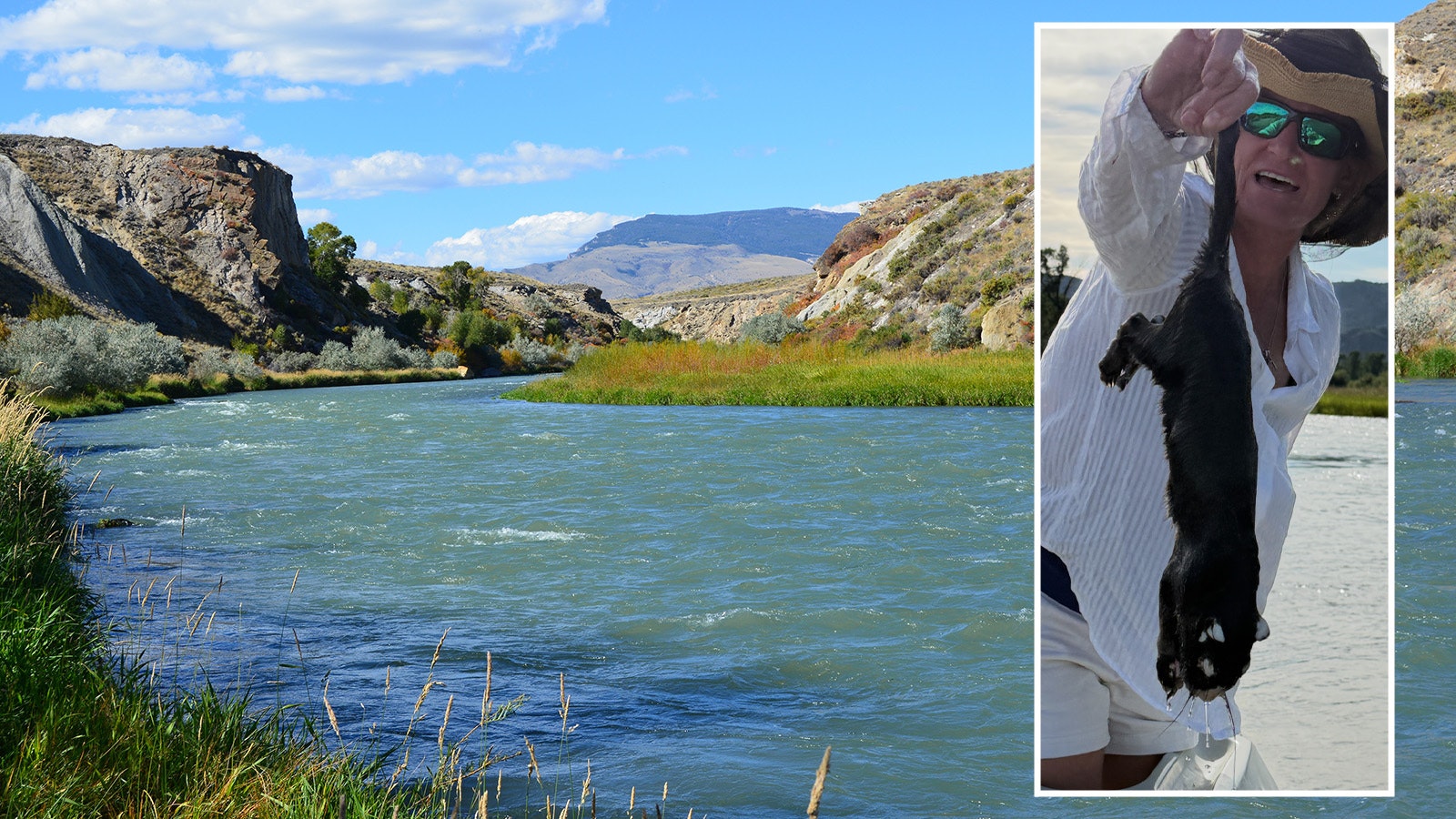Record traffic and an increased presence of bears on the highway between Cody and Yellowstone National Park are being blamed in part for the deaths of two bears, including one grizzly, earlier this month.
Three bears were hit by cars between Sept. 10 and 12 and two died, according to Luke Ellsbury, a large carnivore biologist with the Wyoming Game and Fish Department.
“We initially had a call on Friday morning (Sept. 10) of a grizzly bear that was hit on the North Fork, struck by a vehicle,” he said. “Upon investigation, we found it was a young female grizzly bear, 5 to 6 years old, had not had cubs that we knew of and didn’t look like she currently had cubs.
“And so that led to the next day, on Saturday morning (Sept. 11), where we received a report of a black bear that had been hit on the North Fork, it appeared to be an adult male black bear,” he continued. “It was probably feeding the chokecherries along the road there.”
Ellsbury said a third bear was hit by a vehicle Sunday, Sept. 12, but it bounded away from the scene of the collision.
“It ran down the hill out of a patch of chokecherries, trying to cross the highway,” he said, “and as it did it ran into the side of their camper, then rolled down the side of the camper, and then got up and ran over to the other side of the road and into the brush.”
Berries and chokecherries are prime foods for bears trying to put on weight for the winter. But when chokecherry bushes grow close to the road, that increases the hazards for bears — and for vehicles, Ellsbury said.
“This is the time of year where bears come out of the high country to the lower country in search of foods, and especially along the North Fork, chokecherries,” he said. “And so there’s a lot of chokecherries along the river corridors, the stream beds. And this was a really good year for chokecherry production. So we’re seeing, in the last week, a big influx of both black bears and grizzly bears along those corridors. And people need to just be aware that there’s a really high use in that area.”
The increase in the population of bears is also a contributing factor to the dangerous conditions on Wyoming highways.
Ellsbury, who was born and raised in Cody, said he’s seen firsthand the effects of the growing bear population.
“All carnivore populations in this area have really gone up in the last, especially 20, years,” he said. “We see grizzly bears not only expanding in numbers, but in range. So they’re coming further and further out into the base, and we’re seeing them in areas that they probably haven’t been in 100 years. And so it’s just kind of the bonus of having a good recovery, just part of that success story.”
A distraction for drivers on the highway between Cody and Yellowstone lately has been sightings of a pair of grizzly cubs that seem to be motherless. But Ellsbury said as far as wildlife officials can tell, the grizzly bear that was killed on Sept. 10 did not have cubs of her own.
“Actually, she was hit a day after these cubs showed up on their own,” he said. “We’re not currently aware of what the situation was that led to them being orphaned, although it does appear now that there’s been enough time that they are on their own. But we do not know the circumstances behind that.”
Ellsbury cautioned drivers — especially at night — that the highway can be a dangerous place.
“The first two vehicle strikes happened in the middle of the night,” he pointed out. “We’re not exactly sure at what times they did, but they were at night. The third incident happened about mid-morning on Sunday.”
When drivers do experience wildlife collisions, they should be reported to the local sheriff’s department, the Game and Fish Department or the Forest Service, if the incident occurred in one of Wyoming’s national forests.
“People need to just be aware that not just bears, but a lot of wildlife is along the highway,” he urged. “They just need to be vigilant and watch their speeds, keep their speeds slow, and just keep an eye out.”





